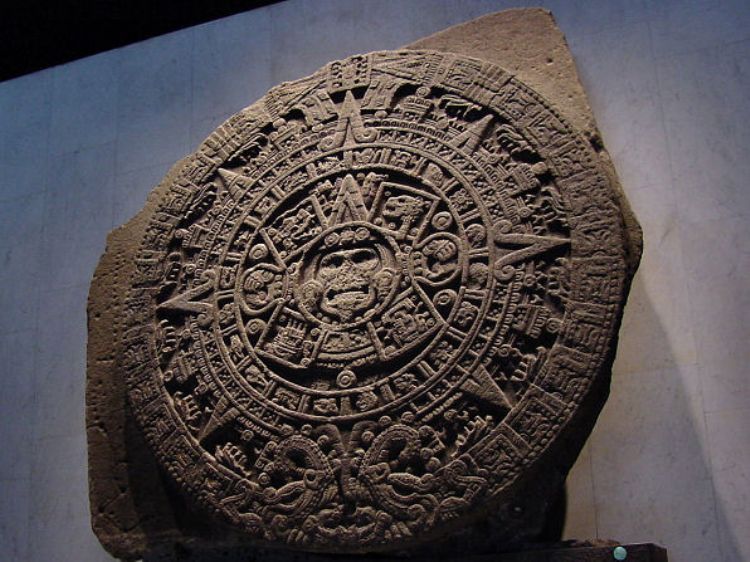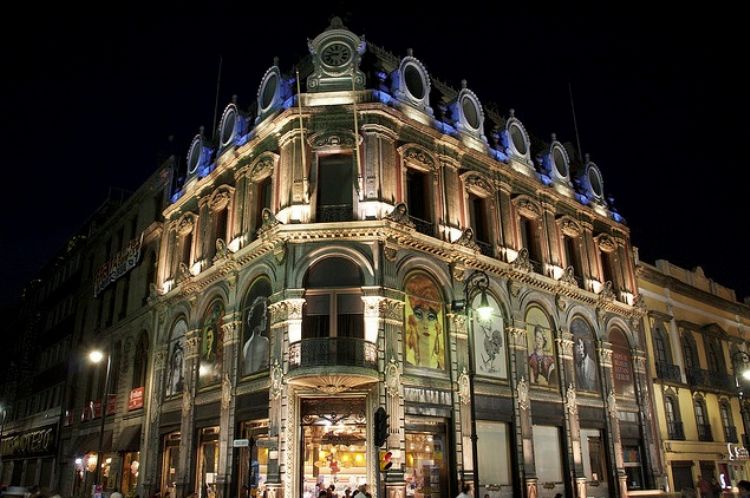
About San Miguel de Allende

San Miguel de Allende is a small and peaceful city located in the mountainous central region of Mexico; it is part of the Bajio and the State of Guanajuato. This enigmatic city is known worldwide for keeping its colonial structure and is considered a national monument, conceding it a unique ambiance, making it one of the places preferred by many foreigners for retirement.
According to historians, the foundation of this city was originated during the XVI century by Friar Juan de San Miguel. During the colonial era this city didn't have any significant process until the silver mines of Zacatecas were discovered, thanks to which a road was created connecting Zacatecas to Mexico City, prompting the development of towns located throughout such road, among those was San Miguel El Grande (as it was called back then). In the middle of that century, Friar Bernardo had to relocate the town due to the constant attacks of native Chichimecas, thus the new town was built amid the hills, between the Chorro and Batan springs, to the west of other springs known centuries later as Ciénega de Pineda.
During Mexico's Independence War, San Miguel had a leading role for being located near the city of Dolores (today Dolores Hidalgo), the place where everything started. It is known that on the 16th of September 1810, the Mexican Revolution began, precisely in the city of Dolores, when Priest Miguel Hidalgo gathered an army and started his Independence march. This event originated what Mexicans now celebrate as "âEl Grito"â and was also what granted Dolores the title of "âIndependence Cradle"â. San Miguel also had a critical role because it was in this city where General Ignacio Allende joined the army of Priest Hidalgo as his main lieutenant, leading it to an endless number of victories against the Spaniards; for which it was granted the title "âForger of Mexico's Independence"â. Unfortunately, General Ignacio Allende couldn't see his independence dream come true because he was captured and assassinated by the Spaniards. In honor of the Mexican Independence hero, in 1826 the name San Miguel El Grande changed to San Miguel de Allende.
At the beginning of the XX century, San Miguel was declared historic monument (1926), which implied there couldn't be placed any light signs or construct modern buildings to maintain the colonial architecture intact. This endangered the city's development, leading it to the extreme of almost dying, until a few years later it gained importance by being considered one of the place's preferred by famous people, among them worldly renowned Mario Moreno "âCantinflas"â was a regular visitor, who very much enjoyed the peaceful afternoons of this colonial city.
The municipality of San Miguel de Allende, or simply Allende as it is also known, has a territorial extension of more than 1,535 squared kilometers, representing a little more than 5% of Guanajuato State territory. After the demographic boom of this city at the end of the last century, San Miguel today has a population close to 140 thousand residents (20% more than 10 years ago). Although the city itself has all the necessary infrastructure for offering comfort to all its visitors while maintaining its colonial infrastructure, if we see the municipality's whole situation, unfortunately the supply of basic services in the houses has greatly fallen behind, thus the percentage of the municipality's dwellings that have access to basic services is underneath the State's average, highlighting everything related to sewage, present in only 58% of Allende's houses.
Currently, San Miguel is internationally popular for its moderate climate, colonial architecture and the great population of foreigners living in it (mostly from United States and Canada). All this ambiance has made a lot of foreigners choose this unparallel city for retirement, bringing with them many benefits that would not normally be found in a city this size, such as a library with thousands of titles in English and Spanish, making it the second largest collection of books in English in all of Mexico; a community active in theater so there is rarely a weekend without a play, an endless number of excellent restaurants and bars of all kinds that satisfy even the most demanding travelers, among other amenities.
Articles Releated with San Miguel de Allende


Invasions to Mexico II; The French Invasion
The French intervention of Mexico by the army of the Seco...

The War of Reform, History of Mexico
Mexicoâs War of Reform, also known as the Three Year Wa...


The apparition of the Virgin of Guadalupe before Juan Diego
Ten years after the Conquest of Mexico, on the 9th of Dec...

Most Viewed

.jpg)
Dolores Hidalgo, Birthplace of National Independence
Its full name is Dolores Hidalgo, Birthplace of National ...

Tenacatita Bay, in Jalisco, México
Tenacatita is one of the five bays of the Costa Alegre in...
